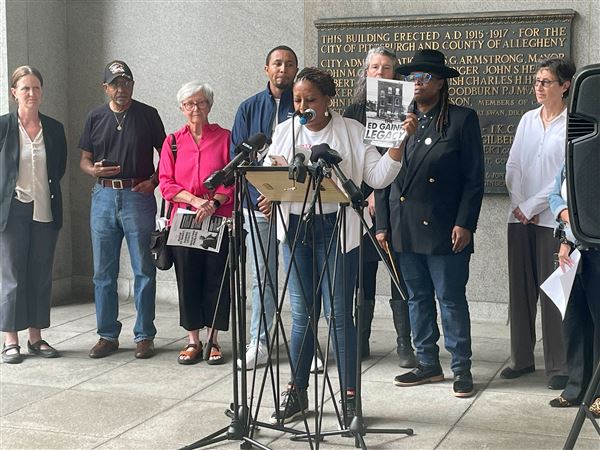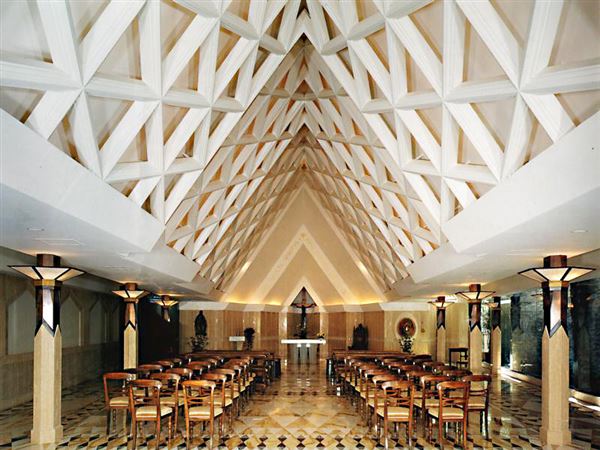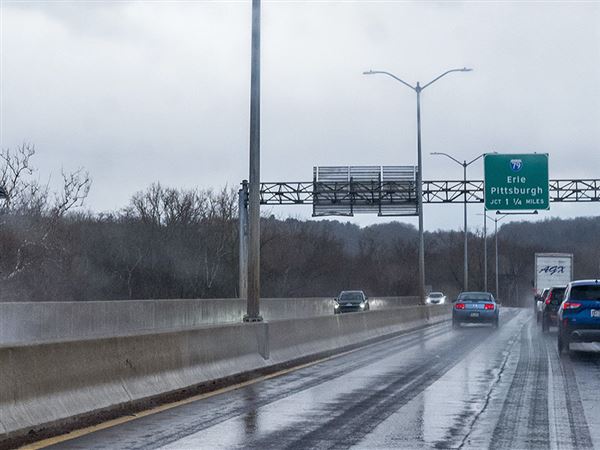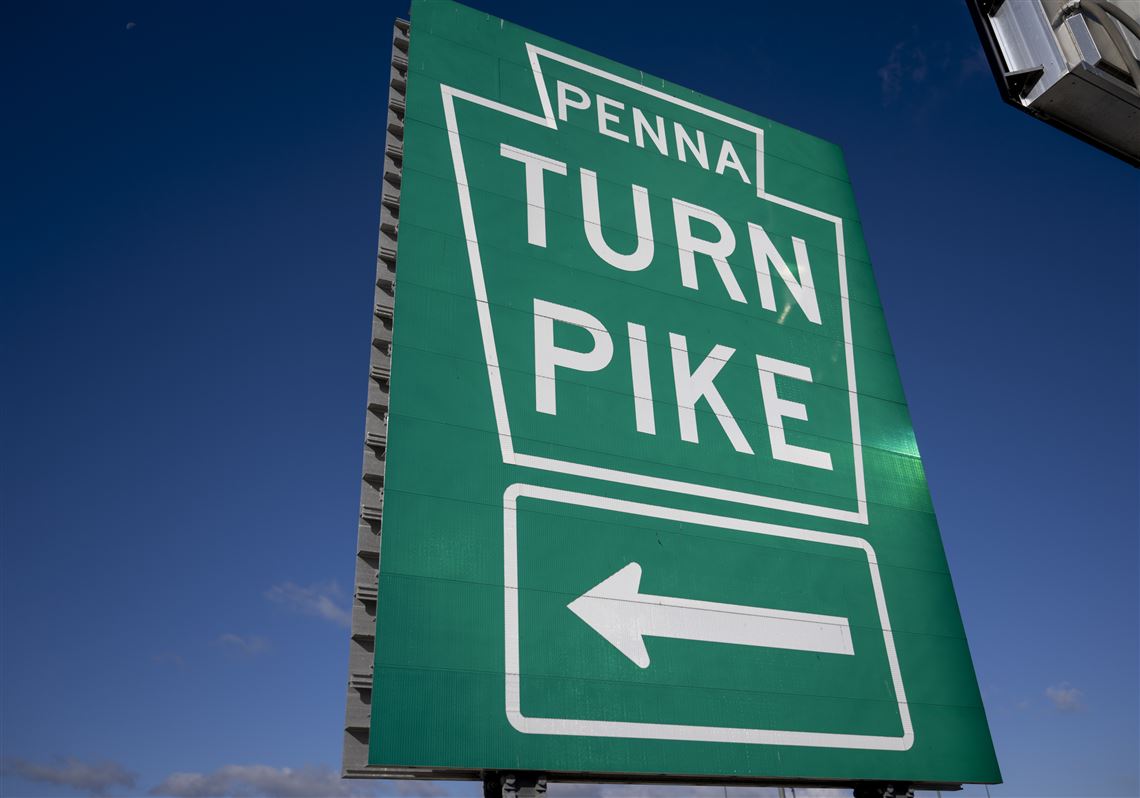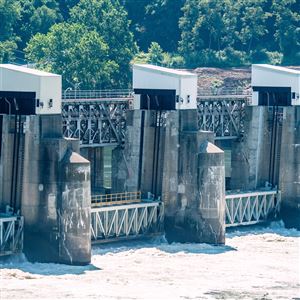Big changes are on the way for the Pennsylvania Turnpike in the new year as it starts to replace its outdated tollbooths with unobtrusive overhead structures to reduce congestion, but residents of the western region of the state will have to wait to see the benefits.
Beginning Jan. 5, parts of the turnpike east of Reading and along its Northeastern Extension, which runs through the Delaware Valley, will switch to open road tolling, eliminating toll plazas and tollbooths to allow for free-flowing traffic.
Open road tolling will expand to Western Pa. in January 2027, said Turnpike Assistant Press Secretary Crispin Havener.
The new system is the culmination of the Turnpike’s decade-long plan to modernize its operations and to meet customer expectations, he said.
“We have the technology to do it now that we didn’t have when we first built the turnpike,” he said. “We have the opportunity to do so, and this is just what the customers wanted. There’s a benefit for everybody.”
The current toll booths, with their narrow lanes that slow down traffic, are set to be replaced by new structures called gantries that hang over the road and allow customers to maintain their speed, said Mr. Havener.
The gantries will scan cars that already have E-ZPass transponders, and will take high-definition pictures of cars that do not and send them an invoice later. Cars without transponders will be charged at a higher rate, but Mr. Havener said that more than 85% of customers already have transponders.
In addition to the total trip fee, customers will now see the fee broken down by each gantry they drive by, said Mr. Havener. For the next two years, customers’ invoices for long trips could be a combination of both the new and old systems, he said.
“If you were to make a trip, say, from Pittsburgh to Philadelphia, your bill will look slightly different,” he said.
Once completed, the switch will save the Turnpike more than $25 million per year in operating costs, according to its website.
The physical tollbooths will be removed from Eastern Pa. by the end of 2026, and they will be removed from Western Pa. within two years after open road tolling launches there, said Mr. Havener.
To coincide with the new gantries, the Turnpike is transitioning its toll calculation system from a vehicle’s weight to its number of axles and height. Until now, it had been the only turnpike in the country not to make that switch.
The change will affect large trucks more than passenger vehicles, since they had been paying tolls based on the weight of their cargo, which could vary dramatically, said Mr. Havener.
“We’re correcting both of these [issues] in the beginning of the year to bring consistency and predictability to customers,” he said.
As a direct result of open road tolling, the Turnpike is planning to build a new interchange along Route 130 between Pittsburgh and Irwin – a key connection point in Westmoreland County, said Mr. Havener. State representatives and senators have been pushing for the interchange for years, but it was not possible until now because toll booths took up a large amount of space, he said.
The interchange will remain in development for several more years and is projected to be completed in the fall of 2035, he said.
First Published: December 28, 2024, 10:30 a.m.
Updated: December 29, 2024, 3:45 a.m.


